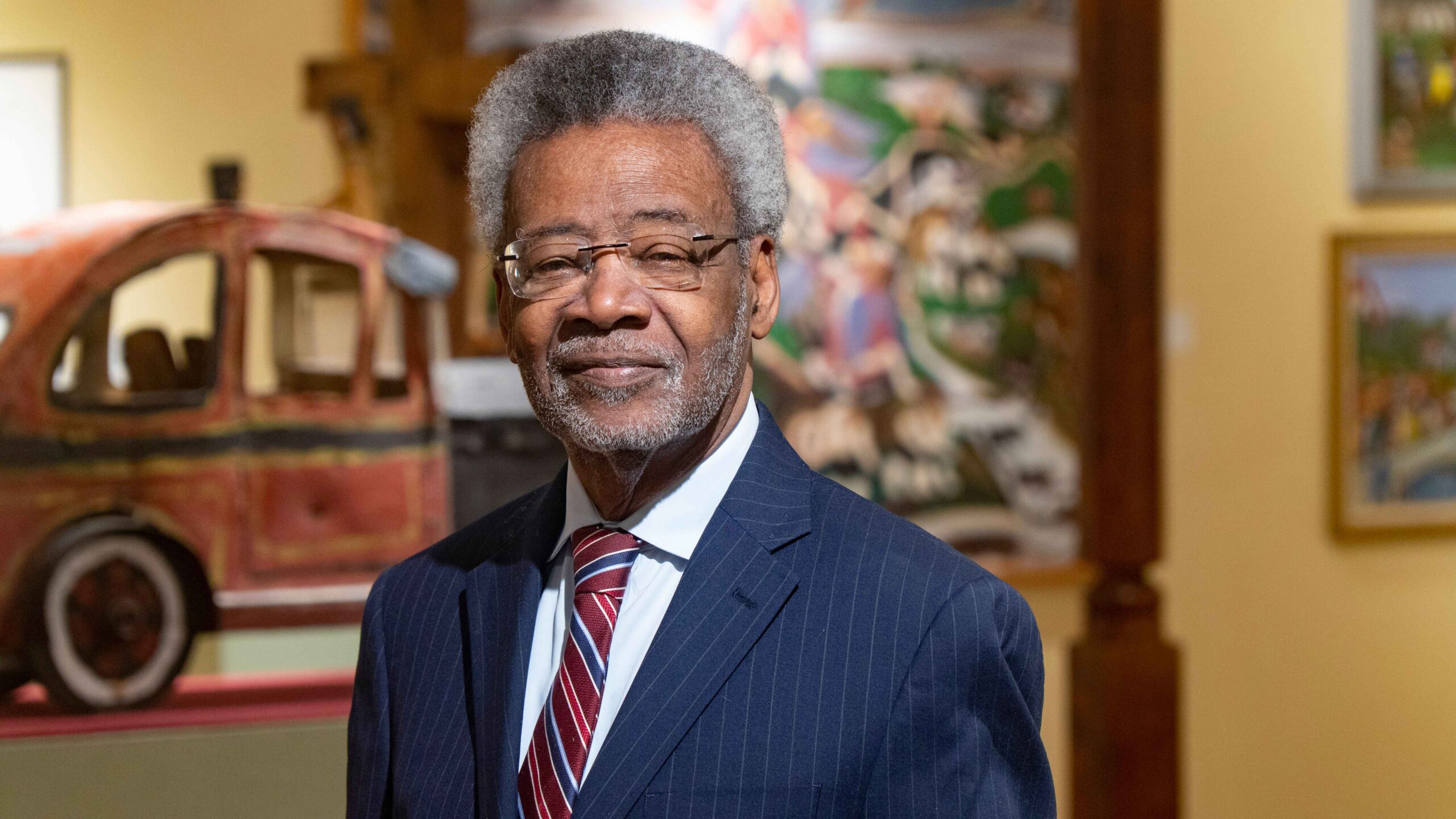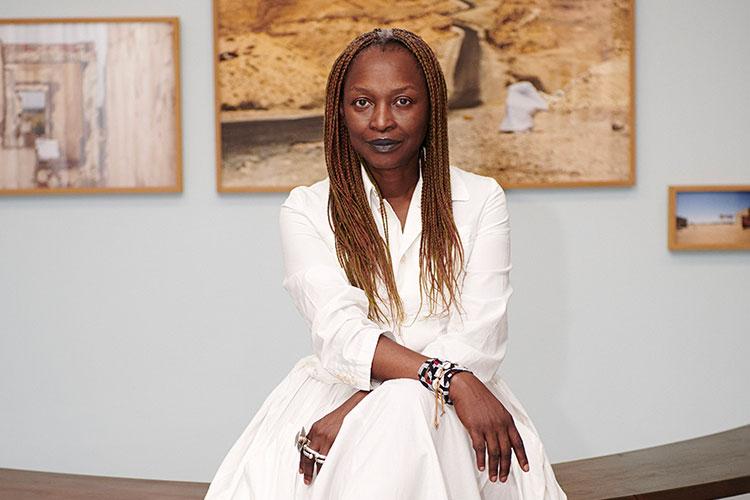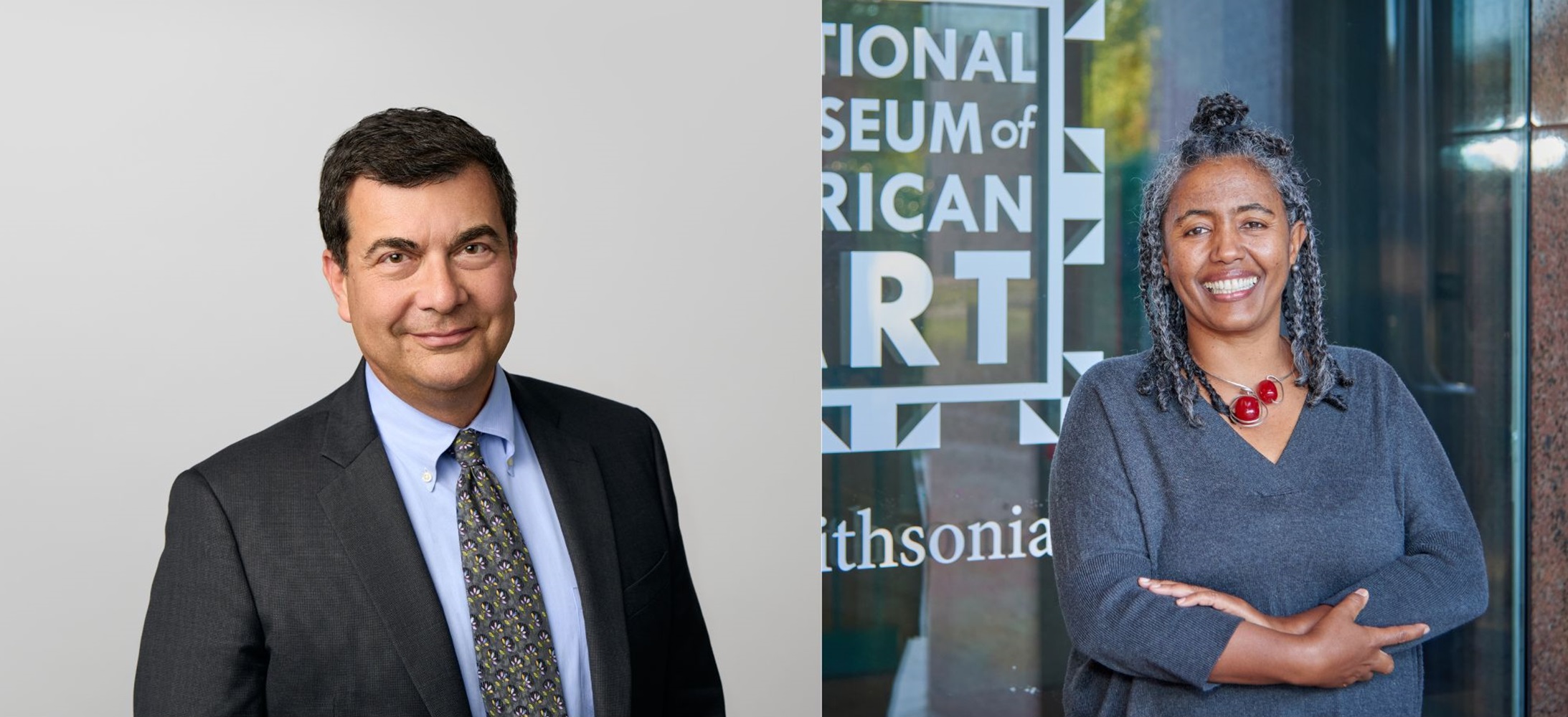Pace Gallery’s Loss, Canada’s Gain: Senior Art Director Christiana Ine-Kimba Boyle Makes a Bold Move to Boutique Gallery
Christiana Ine-Kimba Boyle leaves the blue-chip Pace Gallery to bring fresh vision and creative freedom to New York’s boutique Canada Gallery.

With Senior Art Director Christiana Ine-Kimba Boyle recently departing the blue-chip Pace Gallery to rejoin New York’s Canada Gallery, a compelling conversation opens up around what boutique galleries offer top art executives that mega-galleries might not. Boyle’s move could signal an important shift within the art world, as influential curators pursue spaces where they can champion unique perspectives and shape ambitious, intimate exhibitions.
Blue-chip galleries like Pace command major influence in the art market, frequently representing the industry’s top-selling artists and shaping global trends. The top five mega-galleries—including Gagosian, Hauser & Wirth, and Pace—together manage hundreds of artists and operate across vast gallery spaces worldwide, controlling a significant market share. For example, Gagosian alone generates nearly $1 billion annually, underscoring the financial muscle and international reach of these major players. At Pace, Boyle leveraged this platform to support emerging voices in contemporary art, even amidst high commercial stakes.
A prime example of Boyle’s curatorial direction was the 2021 Pace Gallery exhibition Convergent Evolutions: The Conscious of Body Work, which she curated as part of her role as Director of Online Sales. This exhibition brought together artists like Caitlin Cherry and Delphine Desane to explore the body through intergenerational and diverse artistic perspectives. Boyle connected Cherry’s kinetic, tech-influenced installations with other artists’ explorations of identity and abstraction, creating new dialogues around the Black femme experience and broader cultural identity. Her ability to forge such connections highlights the personal vision she brings to Canada Gallery.
At Canada, Boyle will serve as Partner and Senior Director, an elevation from her previous role there before joining Pace. Unlike blue-chip spaces, Canada operates as a boutique gallery—a term that typically refers to smaller, highly curated spaces that prioritize artist-focused relationships over commercial imperatives. Known for fostering emerging talent and offering curators more room for creative risk-taking, boutique galleries like Canada allow directors to create experimental, thought-provoking exhibitions that may be difficult to achieve within the structured demands of mega-galleries. Boyle’s return to Canada is an opportunity to leverage her experience from Pace in an environment that values agility and innovation.
Boyle shared this news and her future plans on Instagram:
One source notes that Boyle’s position as a partner is a testament to her influence and expertise, reflecting Canada’s confidence in her ability to guide the gallery’s curatorial direction. This move underscores how boutique galleries, though smaller, provide significant platforms for talented art leaders, empowering them to pursue ambitious projects that champion emerging and diverse voices. For Boyle, Canada Gallery offers a fitting home for the creative and cultural impact she aims to make.
Are boutique galleries the ideal platform for influential leaders like Boyle? Tell us what you think, and stay connected with Black Art Magazine for more insights on gallery dynamics and the bold moves shaping today’s art world.
Source: ArtNews
 The African American Museum in Dallas Marks 50 Years with Founders Ball
The African American Museum in Dallas Marks 50 Years with Founders Ball Koyo Kouoh’s Appointment as 2026 Venice Biennale Curator
Koyo Kouoh’s Appointment as 2026 Venice Biennale Curator Black Art at Miami Art Week 2024: History, Events, and Cultural Impact
Black Art at Miami Art Week 2024: History, Events, and Cultural Impact Reclaiming Ancient Egypt: Dream or Distraction for Black Art?
Reclaiming Ancient Egypt: Dream or Distraction for Black Art? Smithsonian’s National Museum of African Art Appoints New Leadership
Smithsonian’s National Museum of African Art Appoints New Leadership

